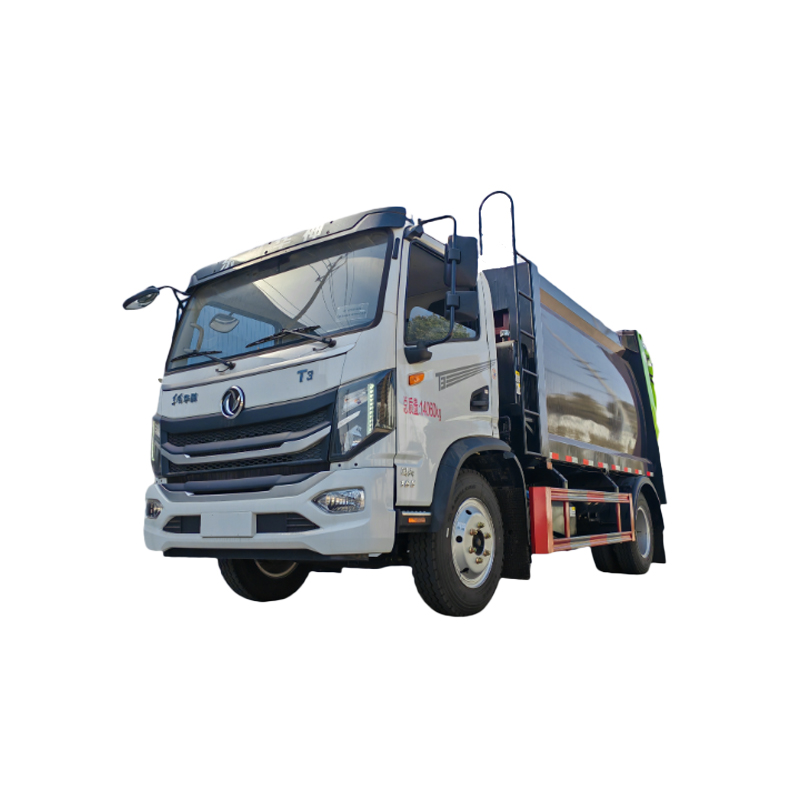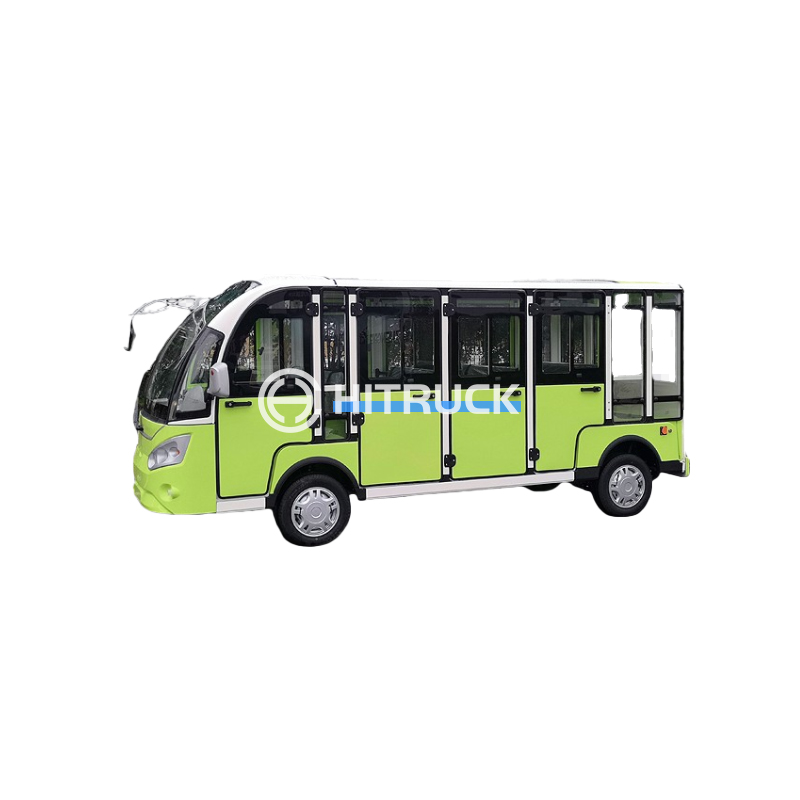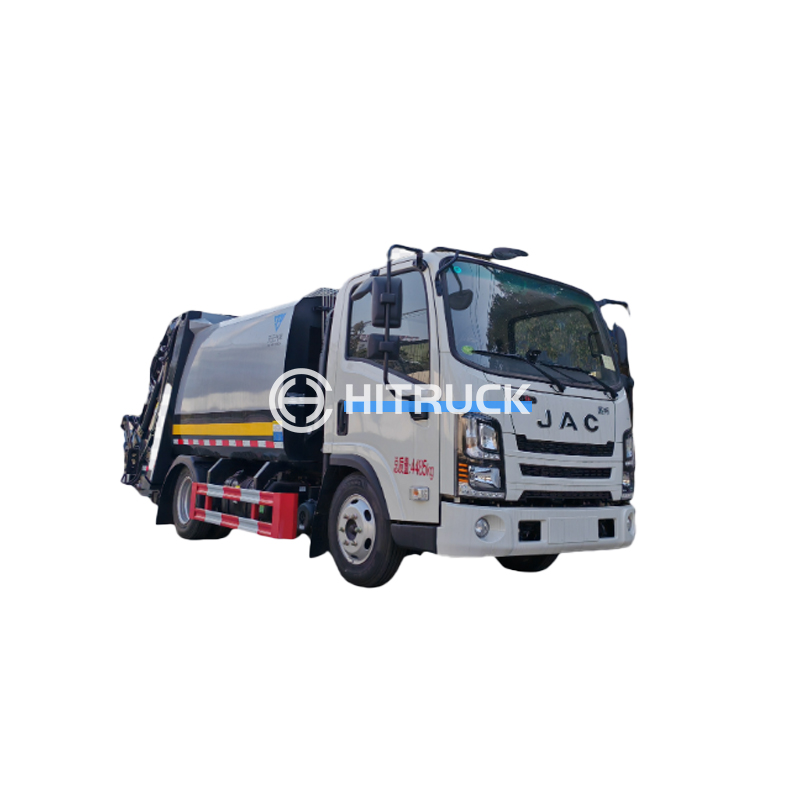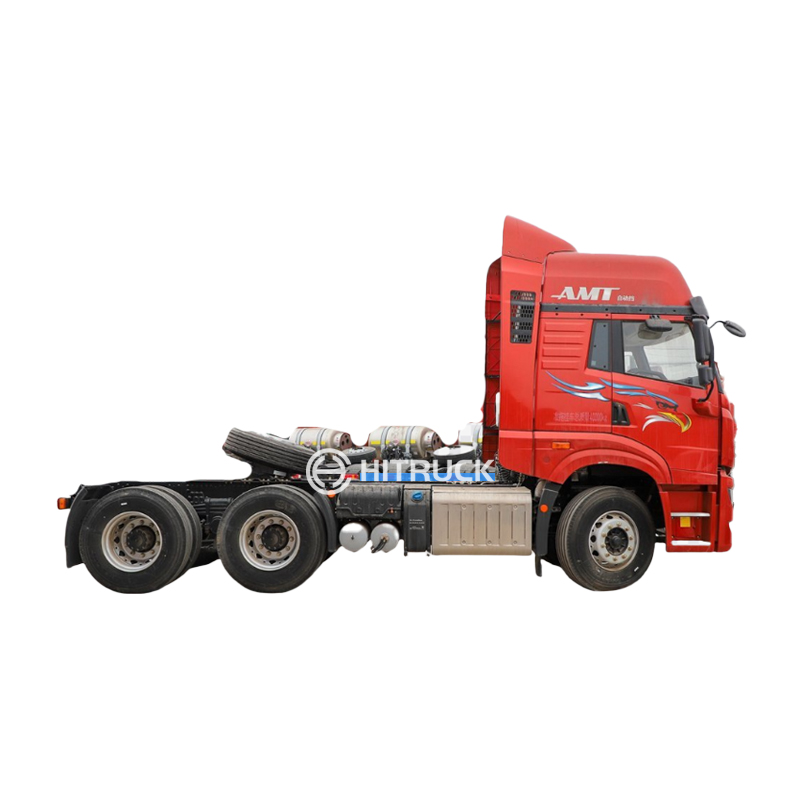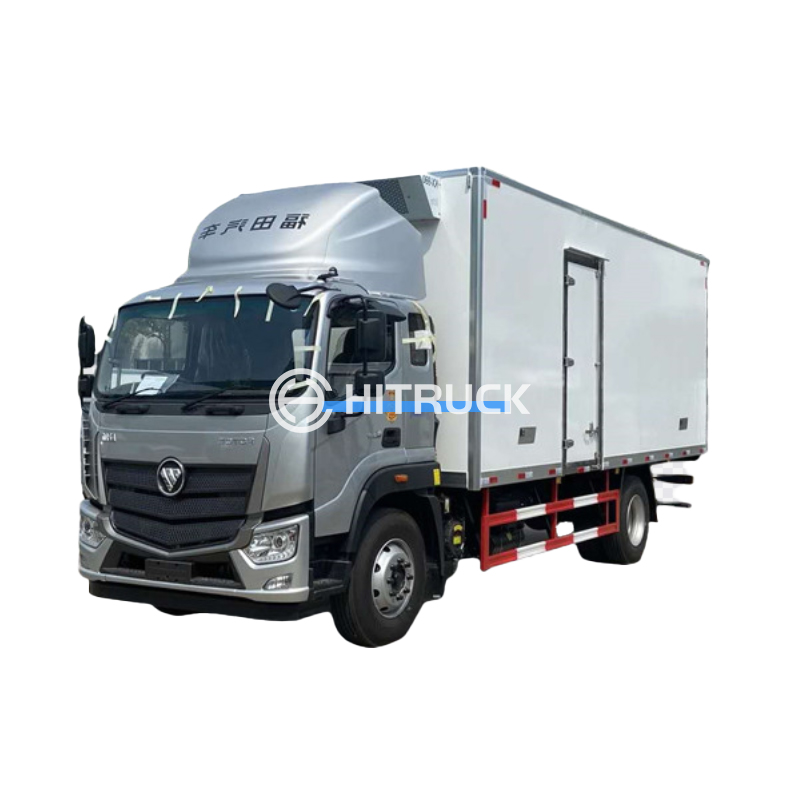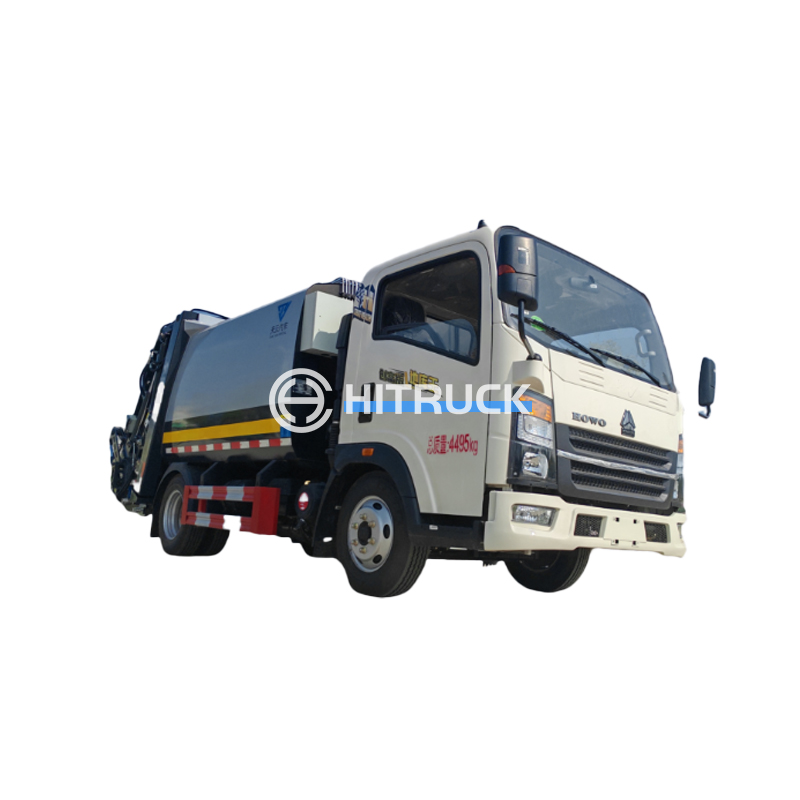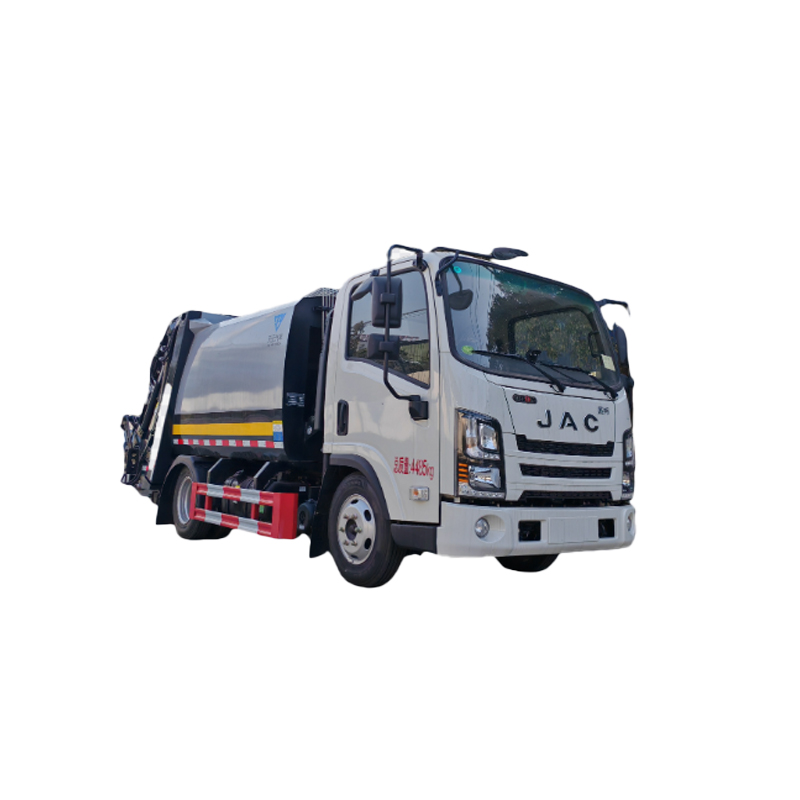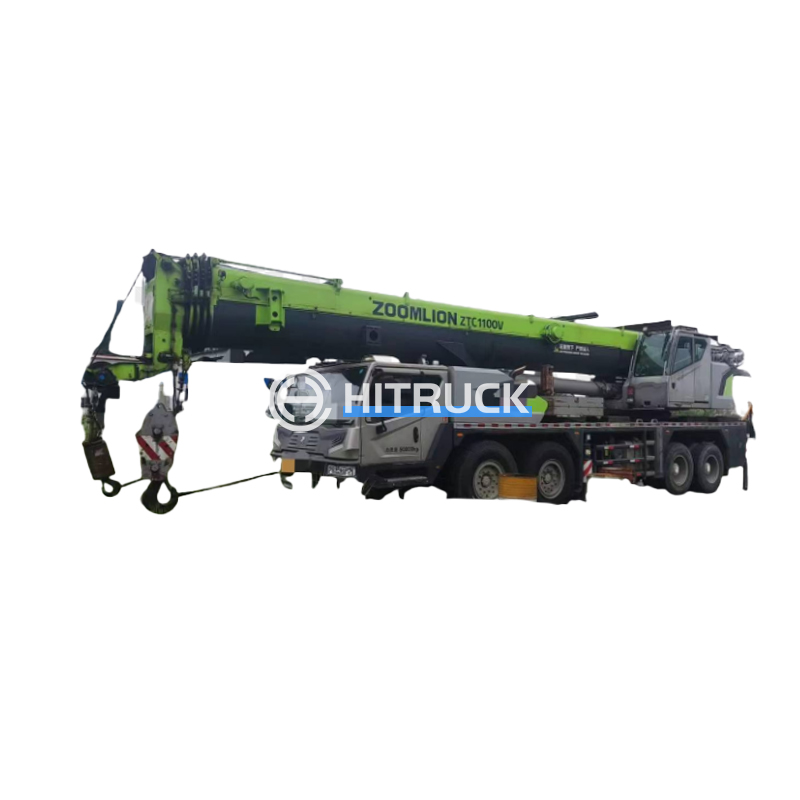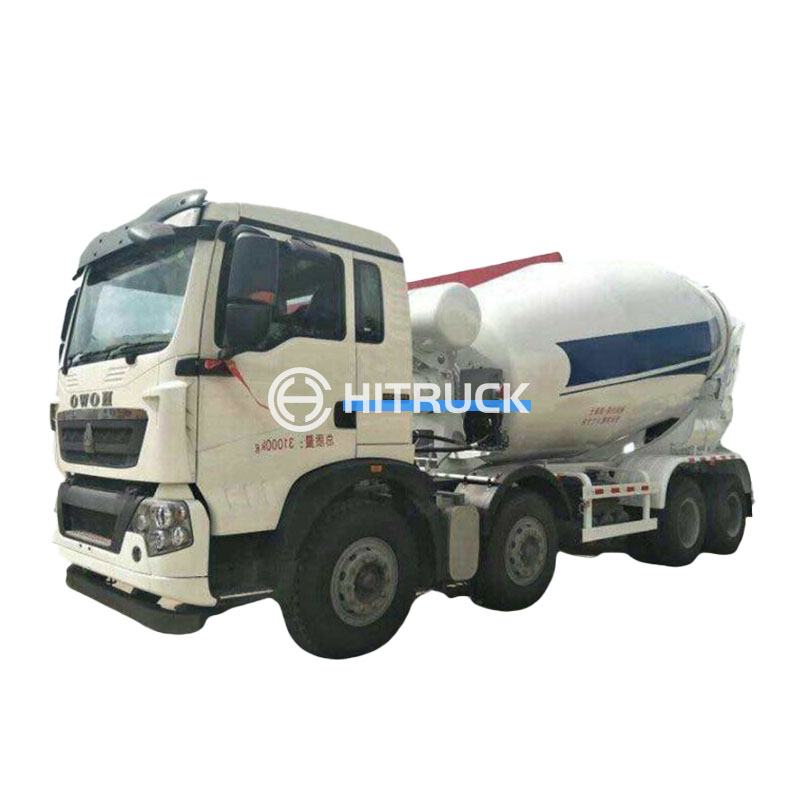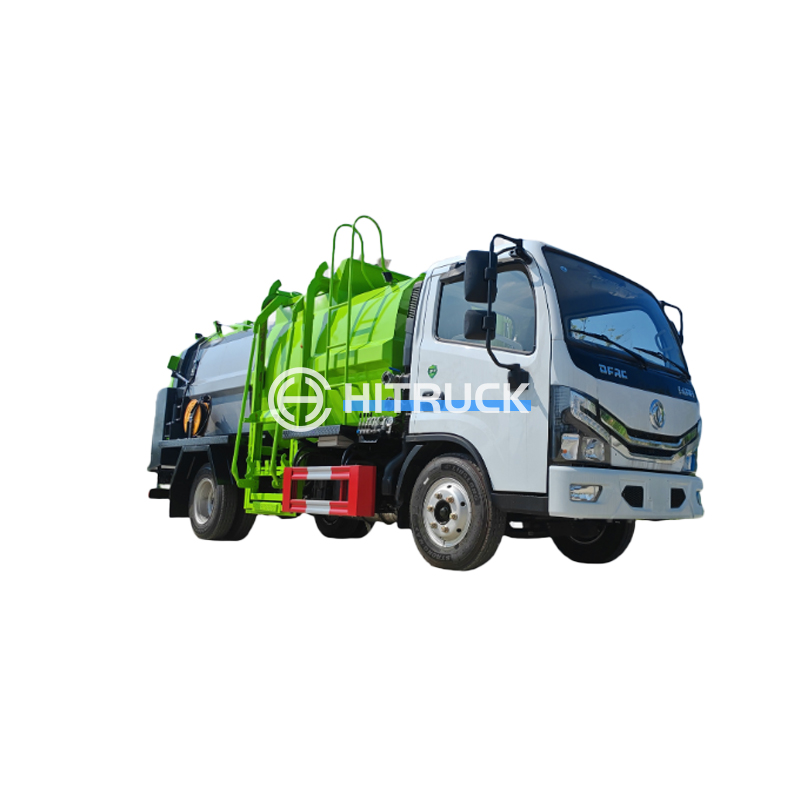This comprehensive guide helps you navigate the world of plastic water tankers, covering everything from choosing the right size and material to understanding maintenance and regulations. We'll explore various types, common applications, and factors to consider before making a purchase. Learn how to find a reliable supplier and ensure your investment delivers years of reliable service.
Plastic water tankers come in a wide range of capacities, from small units ideal for household use to massive tankers for industrial and agricultural purposes. Choosing the right size depends entirely on your specific water storage needs. Factors like daily water consumption, frequency of refilling, and available storage space should all be considered. For larger-scale projects, consulting with a water management professional is recommended to determine optimal tank size and placement. Consider also whether you'll need a single large plastic water tanker or multiple smaller units.
Most plastic water tankers are constructed from high-density polyethylene (HDPE) or linear low-density polyethylene (LLDPE). HDPE is known for its strength, durability, and resistance to chemicals, making it a popular choice for potable water storage. LLDPE offers flexibility and impact resistance, often preferred in applications where the tank might be subjected to rough handling or extreme temperatures. Always check manufacturer specifications to ensure the chosen material meets your specific needs and local regulations. Look for tanks with UV stabilizers to prevent degradation from sunlight exposure.
The application of your plastic water tanker will heavily influence your choice. For instance, a tanker for emergency water storage might require different features than one used for irrigation. Industrial applications might call for specialized fittings or reinforced construction. Clarifying your intended use upfront will streamline the selection process considerably.
Before purchasing, carefully assess your available space and consider the installation process. Some plastic water tankers are designed for above-ground placement, while others are suited for underground installation. Access to the tank for maintenance and cleaning is a crucial factor. Think about the ground conditions and whether you’ll need a base or other support structures. Consider if you need additional features like a pump or overflow valve.
Regular cleaning and maintenance are essential to extend the lifespan of your plastic water tanker. Proper cleaning techniques can help prevent the growth of algae and bacteria, ensuring water purity. Avoid using harsh chemicals that could damage the plastic. Following the manufacturer's maintenance guidelines will guarantee years of reliable service. Regular inspections for cracks or leaks are also recommended.
Choosing a reputable supplier is critical to ensuring you receive a high-quality plastic water tanker. Look for suppliers with a proven track record, positive customer reviews, and a comprehensive warranty. We recommend checking online reviews and seeking recommendations from others in your industry or community. Compare prices and features from multiple suppliers before committing to a purchase. You might find a great selection at Suizhou Haicang Automobile sales Co., LTD.
Be aware of local regulations concerning water storage and the use of plastic water tankers. These regulations may vary depending on your location. Ensure that the chosen tank meets all applicable safety and health standards before installation. If you have any questions regarding compliance, consult with your local authorities or a water management specialist.
Selecting the ideal plastic water tanker involves careful consideration of several factors including capacity, material, application, installation, maintenance, and compliance with local regulations. By thoroughly evaluating your needs and researching available options, you can ensure a long-lasting and efficient water storage solution.

